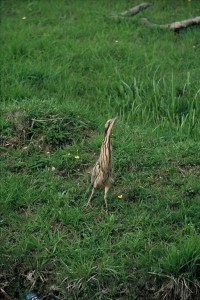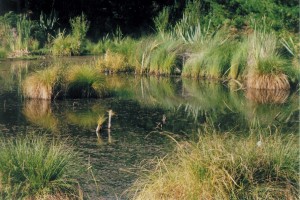Swamps and bogs are permanently or temporarily wet areas supporting plants and animals specially adapted to wet conditions.
The types of plants and animals found in swamps and bogs depend on the water – its amount, depth, permanence, temperature, the chemicals found in it and its source – groundwater, surface water or rainwater.
Swamps and bogs are wetlands with dense vegetation emergent over still or slowly moving water. In the Waikato these include:
- peat bogs with jointed rushes, tangle ferns, orchids, sun dews and sphagnum moss
- sedgelands with purei (Carex) and reedlike Baumea and Juncus
- swamp shrublands with manuka, ferns and sedges
swamp forests with kahikatea, cabbage tree or maire tawake - fertile swamps with raupo or harakeke (flax).

Around 70 percent of the Waikato’s swamps and bogs have been drained since 1840, leaving some 30,000 hectares.
The loss of large areas of wetland habitat and introduction of pests has threatened the survival of many native species, including the giant cane rush, the swamp helmet orchid, giant kokopu, Australasian bittern, North Island fernbird, banded rail, marsh and spotless crakes.


